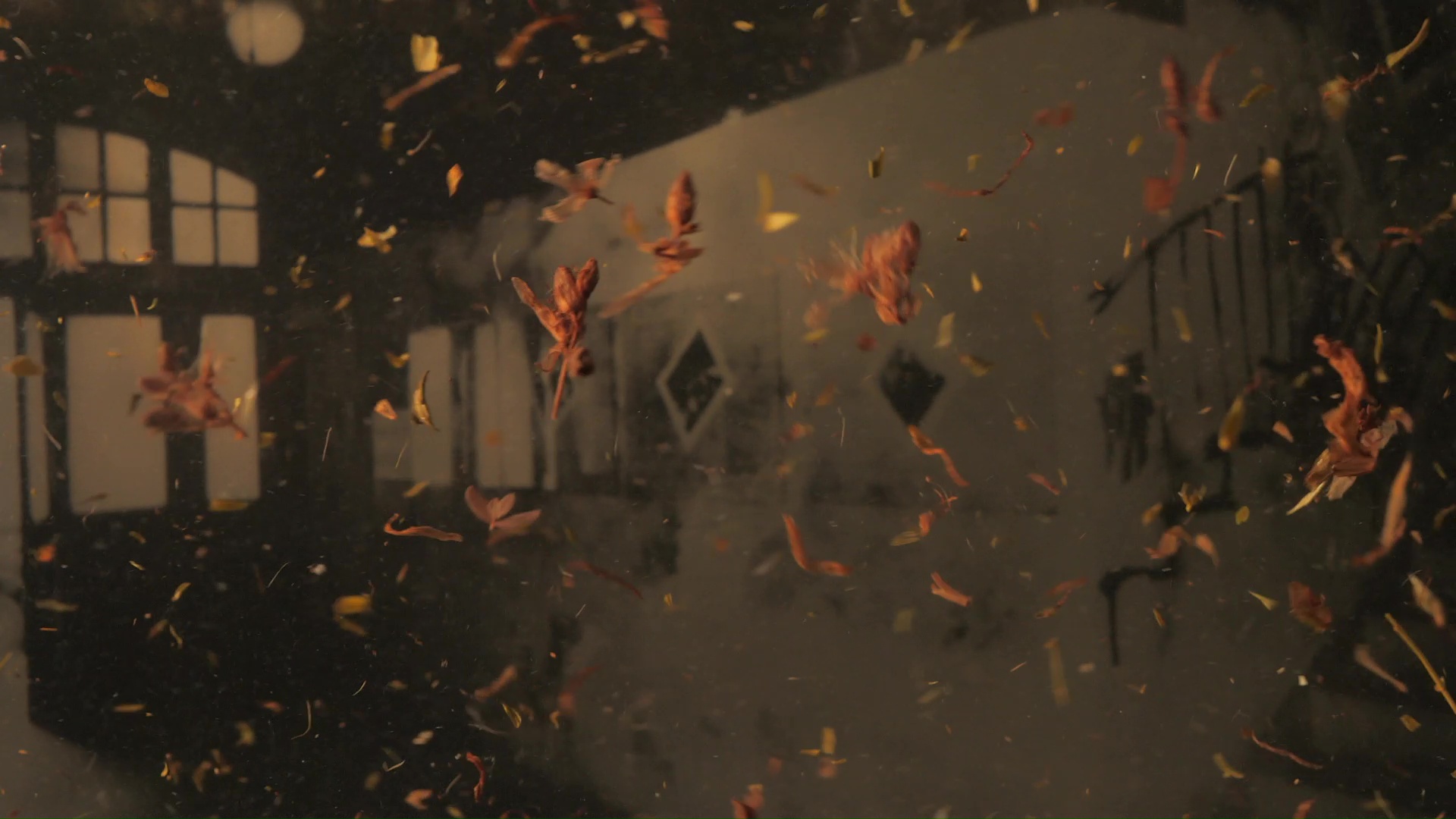Ana Likar

She Made Storms (Marina Češarek Gallery) connects three events: the witch trials in Ribnica, Slovenia, during which Marina Češarek, a 40-year-old wife of a shoemaker and a mother of six, was tried in 1701; the brief period in 1987 when the Mikl House, where she likely was born, was renamed the Marina Češarek Gallery, and its flooding in 2023. These seemingly disjointed histories are analysed through historical documents and conversations with experts recorded by the filmmaker, and layered on top of the filmed footage. The Ribnica dialect, spoken in Slovenia, which can be read in some of these, is translated with all the linguistic slips that occurred in the process of recording, transforming the rigid structure of interrogations, museums, and archives into repetitions of failures. Throughout, the artist takes us to interwoven locations; first, a cave in Klek, Croatia, where women accused of witchcraft are said to have gathered, then to the gallery, and finally on a search for St. John’s wort – a flower elixir, later used to extort the truth from women accused of witchcraft.
Throughout history, witch hunts revealed societal anxieties about femininity, and challenges to power structures. Women who defied social norms -through independence, knowledge of the natural world, or perceived sexual agency- became scapegoats for fears of disorder (the storms evoked in the title of the work). Like all the works included in this room, the video hints at this mythical figure and the very real experience of women deemed unfit for society.
She Made Storms Ana Likar enters in conversation with the exhibition Bloody Fight Against Witchcraft, which featured transcripts of Marina Češarek’s interrogation when she got accused of witchcraft. After enduring torture, Češarek, who initially denied the accusations, confessed. When asking if she practiced magic she responded that she, in fact, “made storms”.
The drawings included here feature hypericum perforatum, a plant used by prosecutors to coerce confessions, often for crimes the accused had not committed. The plant, however, was often used by women for its healing properties—treating wounds, burns, and low mood. With this work, the artist explores the interplay of history and nature, their respective instrumentalization, and the movement between systemic narratives and individual experiences. Through St. John’s Wort tinctures, detailed botanical drawings, literature, and sculptures, Likar reflects on the intricate history of witch hunts and their lingering resonance. There is a particular power in the plant's duality—both poison and medicine—highlighting how its use depends entirely on intention and context.